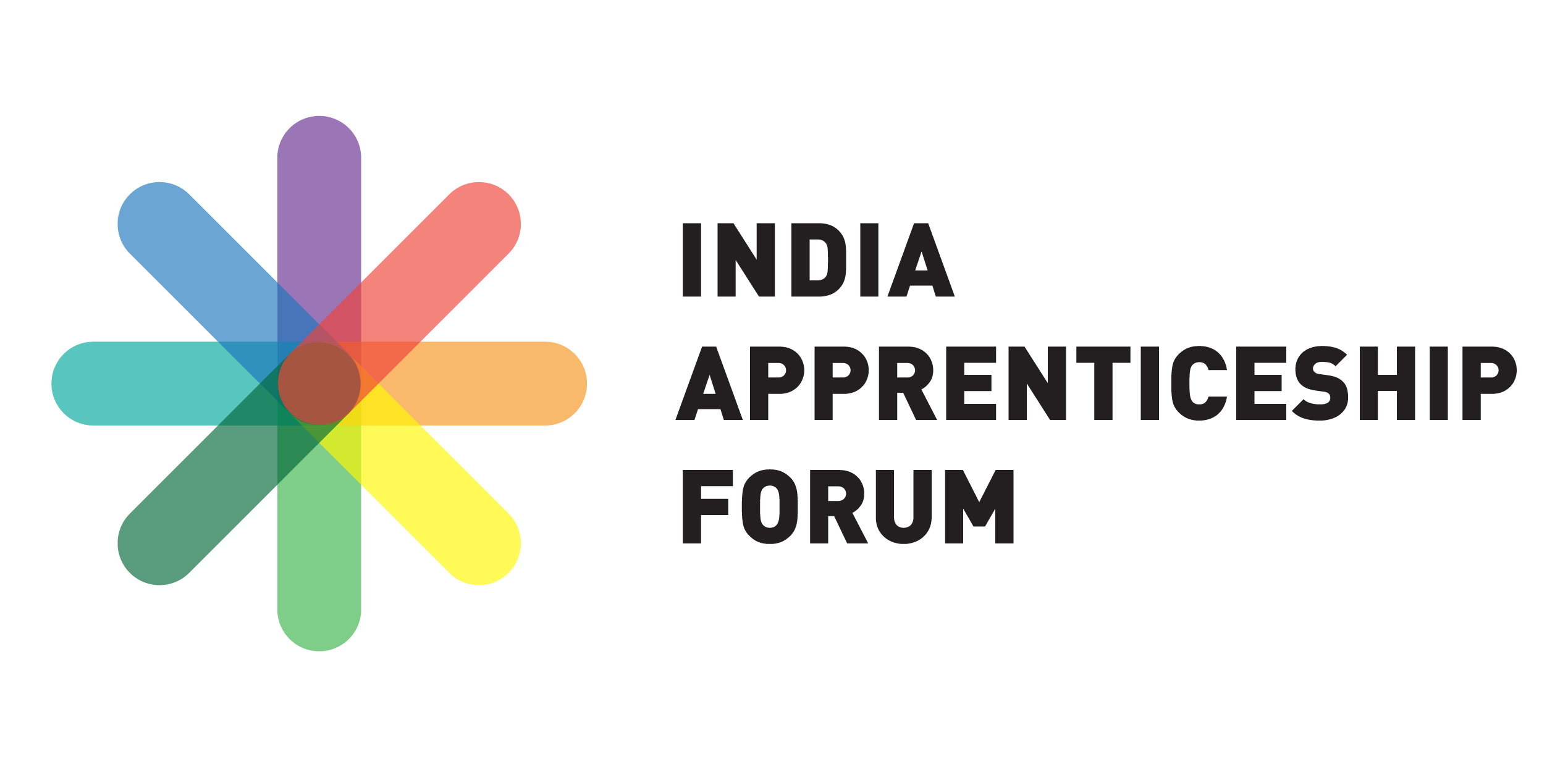With numerous accounts of a crisis in education, employability and employment- India’s 3E millstone around its neck, we strongly believe apprenticeships and vocational education can become the veritable silver bullet to alleviate the burden of the 3Es.


The Brass Tacks
A recent survey revealed close to 76% of Indians view dearth of employment avenues as a ‘very big problem’. And a controversial leaked NSSO report stating a 45-year employment low in India.
In education, the 2018 Annual Status of Education Report (ASER) states a 95% enrollment rate of children between the ages of 6-14 years since 2007. Viewed differently, in a country obsessed with targets- whether in education or skills training- and less on learning outcomes, how far has the quality of what we teach our children made them capable of acquiring and keeping good jobs. In other words, how ‘employable’ are they?
States a 95% enrollment rate of children between the ages of 6-14 years since 2007. Viewed differently, in a country obsessed with targets- whether in education or skills training- and less on learning outcomes, how far has the quality of what we teach our children made them capable of acquiring and keeping good jobs. In other words, how ‘employable’ are they?
Another ASER report looked at the preparedness of children for future jobs as they transition from adolescents to young adults. Deep learning deficits were found within the schooling system leaving youth with very few useful skills to become economically productive. No surprises then, 65%-75% of the estimated one million Indian youth taking their first steps into the world of work each month just don’t have the skills required to do a job well.
What Are Skills Anyway?
Skills have three key characteristics:
Productive: Skills must add value to the workplace or a person’s job in a way that can be measured. Such as, how efficient is a worker’s output- number of units produced in relation to labour time, the effect on net sales or on a company’s bottom line. In an economy, productivity can mean a ratio of GDP to hours worked.
Underlining the enormous economic value of apprenticeships, Joint Secretary MSDE, Rajesh Aggarwal stressed at a IAF-NETAP event, “India can’t grow as a society on lower wages or on wage advantage. The next stage of growth for India can only come through higher productivity”.
Expandable: Both cognitive and non-cognitive attributes that can be augmented through training are considered skills and both are equally important. Apart from domain knowledge, employers increasingly seek skills such as problem solving, critical thinking and creativity which are best picked up in the workplace when interacting with mentors and peers.
Then there is also the “train and retrain” mantra- signifying that skills training is far from a one-off event. An apprenticeship with its all immersive ‘learning by doing’ model can do both; significantly impact the relevance of both fresh recruits and the up-skilling of long-term staff.
Social: The relevance of skills is determined by economic and social systems. Hence the term- “social construction of skill”, which tags how useful a worker is from the perspective of market, sectoral and occupational demand. How do apprenticeships create the skills and jobs that an employer considers valuable? It’s really quite simple.
“Employers will promote apprenticeships in an area where there is a need for people and scope for employment. And the whole supply chain matching takes place at the apprenticeship stage,” Rajesh Aggarwal of the MSDE aptly explains.
Also read our helpful guide:
Getting an Apprenticeship Program Off the Ground – A Toolkit for Employers – Part I and Part II
The Education Link
Consider two of the biggest critiques of the Indian education system- rote learning and heavily theoretical. Apprenticeships and vocational skills training solve both problems at once.
To linkskills to schools and colleges, children must be exposed to skills-based learning early on. And the MSDE should be taking the baton to integrate vocational training with the Department of Higher Education. In Germany for instance, almost half of all school-leavers experience apprenticeships or other forms of vocational training under the dual mode of learning i.e. 20-30 percent theory-based learning in schools and the rest comprising of practical training offered by companies. This is not to say apprenticeships are only for the ‘less academically’ inclined. In 2015, nearly 28 percent of all new apprentices held a university entrance qualification.
The Employer Link
Entities like the NSDC have important mandates to boost apprenticeship numbers from the current 3-4 lakhs to the original target of 50 lakhs by 2020. Let’s ignore the timeline and focus on what can be achieved. India Inc. has a moral and economic responsibility to grab the opportunities presented by the many business-friendly amendments to the Apprentice Act and the offerings under the National Apprenticeship Promotion Scheme (NAPS). The NSDC is forging ahead to build important links with industry to promote apprenticeships and so are we here at the IAF.














